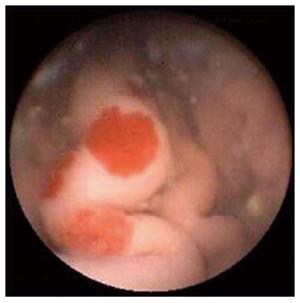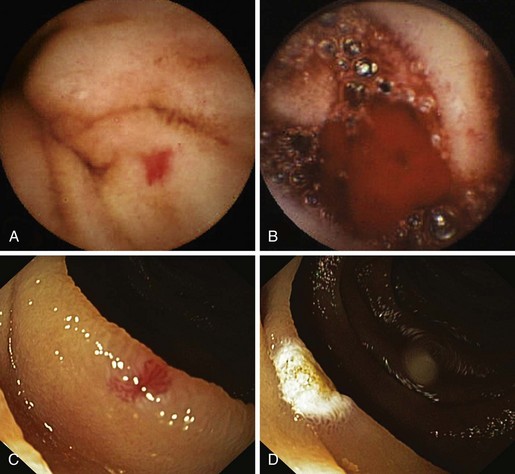Do you scour the internet for 'giada gastrointestinal angiodysplasia meta analysis'? Here, you will find all the stuff.
Table of contents
- Giada gastrointestinal angiodysplasia meta analysis in 2021
- Giada recipes
- Gastro challenge
- Giada gastrointestinal angiodysplasia meta analysis 04
- Giada gastrointestinal angiodysplasia meta analysis 05
- Giada gastrointestinal angiodysplasia meta analysis 06
- Giada gastrointestinal angiodysplasia meta analysis 07
- Giada gastrointestinal angiodysplasia meta analysis 08
Giada gastrointestinal angiodysplasia meta analysis in 2021
 This image shows giada gastrointestinal angiodysplasia meta analysis.
This image shows giada gastrointestinal angiodysplasia meta analysis.
Giada recipes
 This picture demonstrates Giada recipes.
This picture demonstrates Giada recipes.
Gastro challenge
 This image illustrates Gastro challenge.
This image illustrates Gastro challenge.
Giada gastrointestinal angiodysplasia meta analysis 04
 This image representes Giada gastrointestinal angiodysplasia meta analysis 04.
This image representes Giada gastrointestinal angiodysplasia meta analysis 04.
Giada gastrointestinal angiodysplasia meta analysis 05
 This image illustrates Giada gastrointestinal angiodysplasia meta analysis 05.
This image illustrates Giada gastrointestinal angiodysplasia meta analysis 05.
Giada gastrointestinal angiodysplasia meta analysis 06
 This image illustrates Giada gastrointestinal angiodysplasia meta analysis 06.
This image illustrates Giada gastrointestinal angiodysplasia meta analysis 06.
Giada gastrointestinal angiodysplasia meta analysis 07
 This image demonstrates Giada gastrointestinal angiodysplasia meta analysis 07.
This image demonstrates Giada gastrointestinal angiodysplasia meta analysis 07.
Giada gastrointestinal angiodysplasia meta analysis 08
 This image representes Giada gastrointestinal angiodysplasia meta analysis 08.
This image representes Giada gastrointestinal angiodysplasia meta analysis 08.
Why is angiodysplasia of the GI tract important?
Learn more. Angiodysplasia (AD) of the gastrointestinal (GI) tract is an important condition that can cause significant morbidity and –rarely – mortality.
How is angiodysplasia diagnosed in small bowel?
Histologically, the affected vessels are lined by endothelium only with little or no smooth muscle 3 (Figure 2 ). (a) Angiodysplasia (AD) in small bowel diagnosed by single-balloon enteroscopy. (b) AD in the ascending colon diagnosed by colonoscopy (arrow demonstrates the feeding vessel).
What is the histological appearance of angiodysplasia?
(a) Histological appearance of a predominantly submucosal angiodysplasia (AD) with dilated thick-walled arteries and thin-walled veins. (b) Histological appearances of caecal angiodysplasia showing dilated vessels within the mucosa adjacent to the epithelial cells.
Which is the best treatment for angiodysplasia?
In patients who fail (or are not suitable for) other interventions, treatment with thalidomide or octreotide can lead to a clinically meaningful response in 71.4% and 77% of patients respectively. Angiodysplasia is a rare, but important, cause of both overt and occult GI bleeding especially in the older patients.
Last Update: Oct 2021